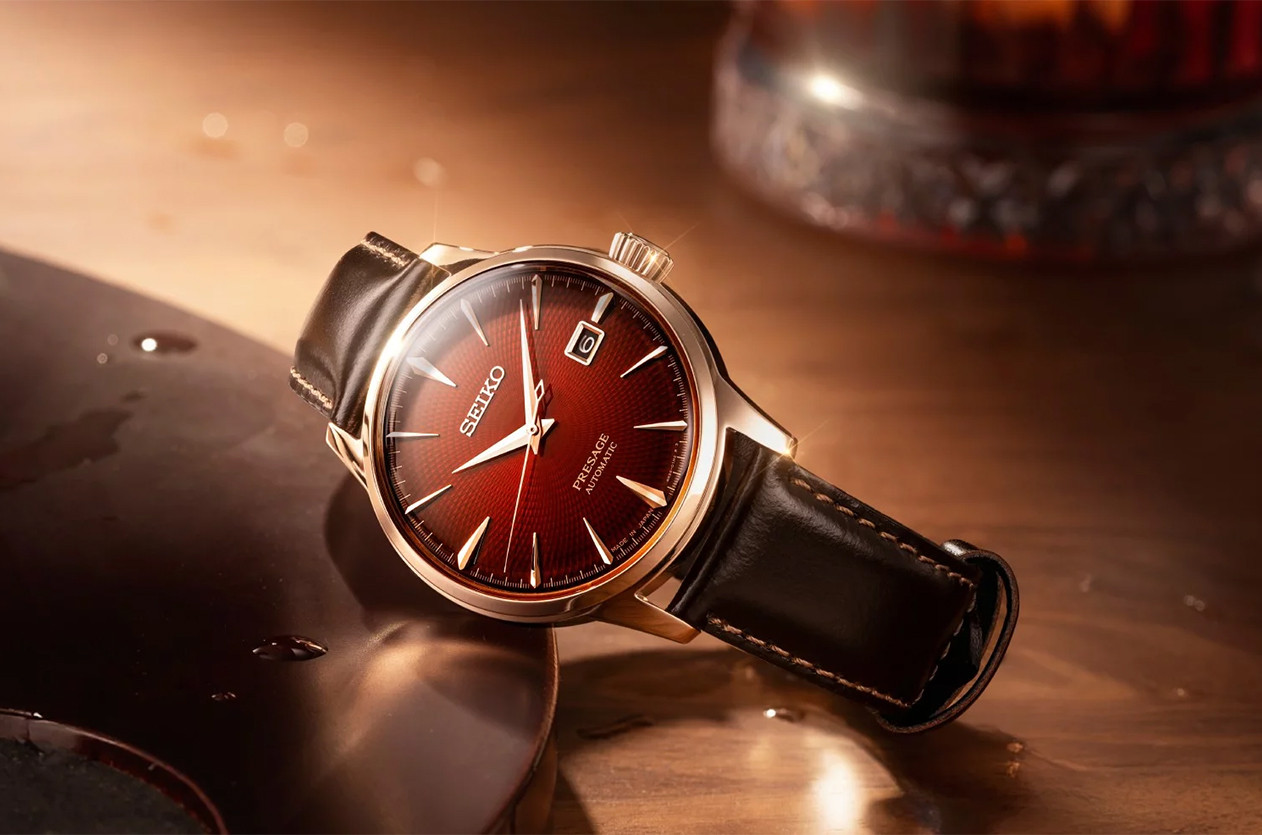
Introducing Seiko Unveils the Presage Cocktail Time SRPL96J “The Conte”
Welcome to the hub of the horoloy
Arabic Numerals: They are the most commonly used numbers on the dials of watches. They consist of the numbers from 0 to 9. Arabic numerals are used to indicate the hours on analog watch dials, and they can also be used for minutes, seconds, or other time-related indicators.
The Eastern Arabic numerals or the Indian numerals: These include the numbers (1-2-3-4-5-6-7-8-9) and are used in conjunction with the Arabic alphabet in Arab-speaking countries in the Middle East.
Roman Numerals:
They are a numeral system that uses Latin letters to represent numbers: (I-1, II-2, III-3, IV-4, V-5, VI-6, VII-7, VIII-8, IX-9, X-10, XI-11, XII-12). They have a distinctive and elegant appearance and are commonly found in classic or vintage watches. Roman numerals can be used to indicate the hours and sometimes the minutes on watch dials.
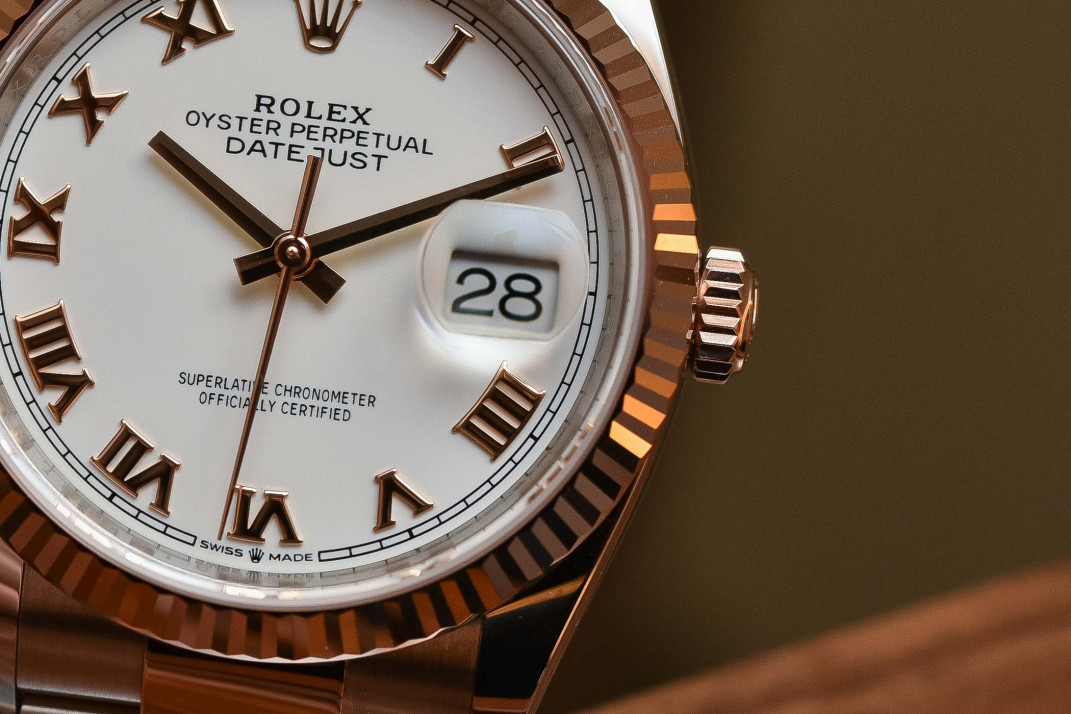

News Dubai Watch Week 2025 Will Be the Largest Ever with 90 Brands Participating

Technical The Frequency, Why It Matters in Mechanical Watches
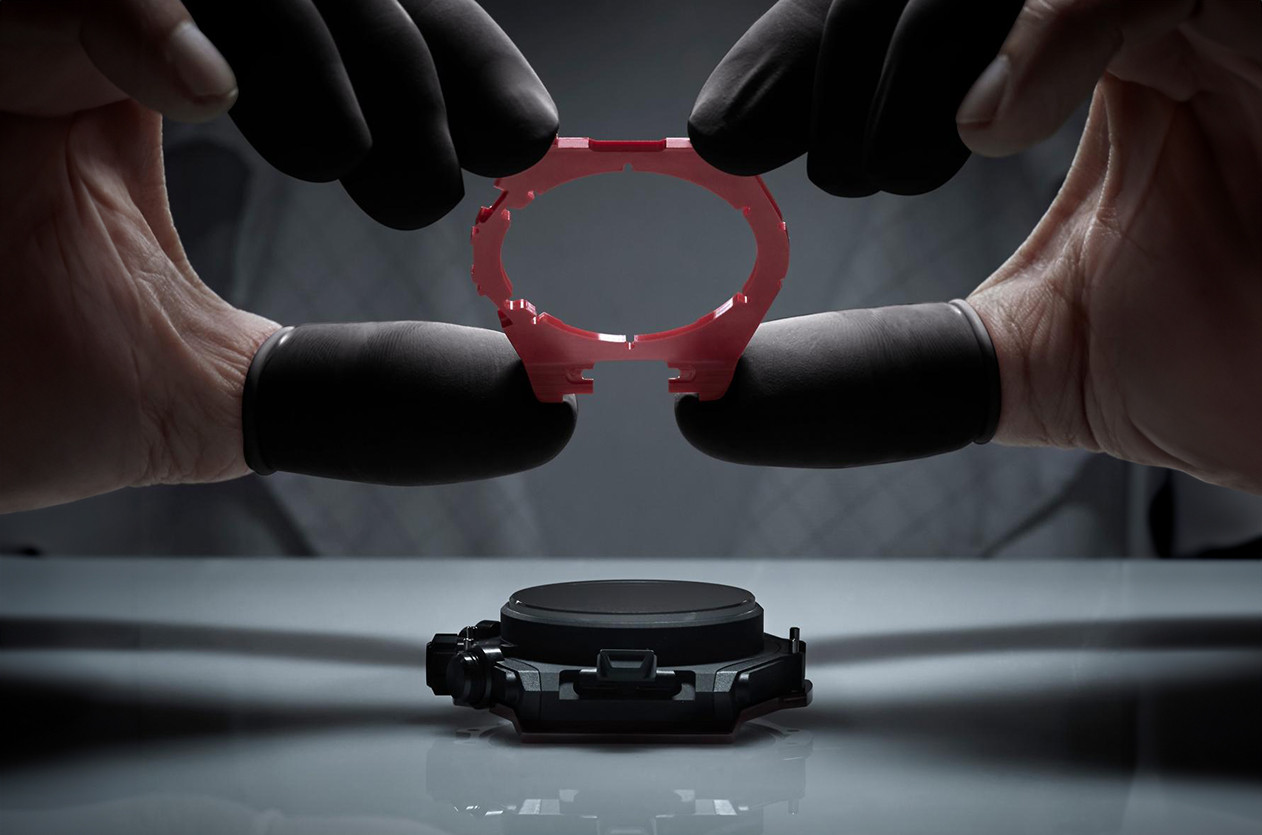
Editorial The Secrets of Watch Case Design

Editorial Abraham-Louis Breguet, The Father of Modern Horology
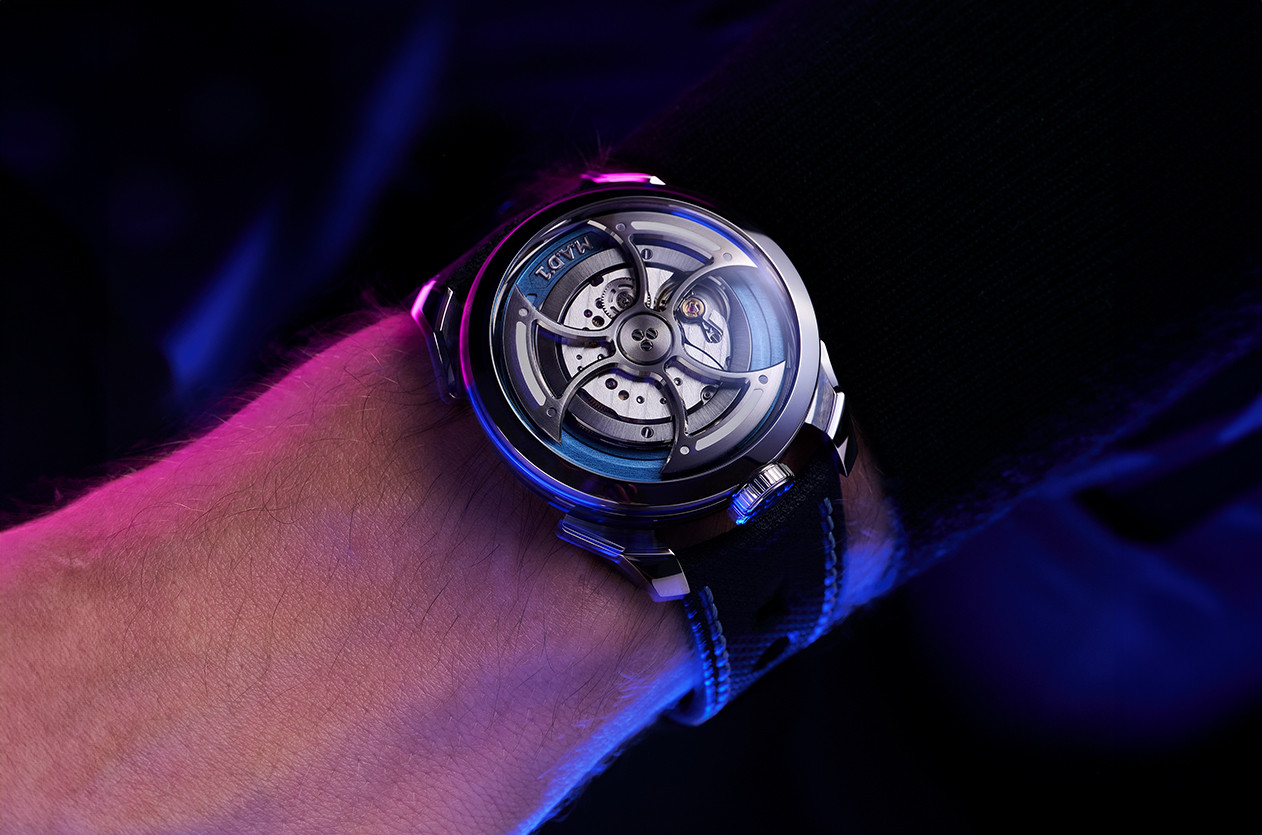
Introducing MB&F Unveils the New Generation of Its Famous Collection the M.A.D.1S
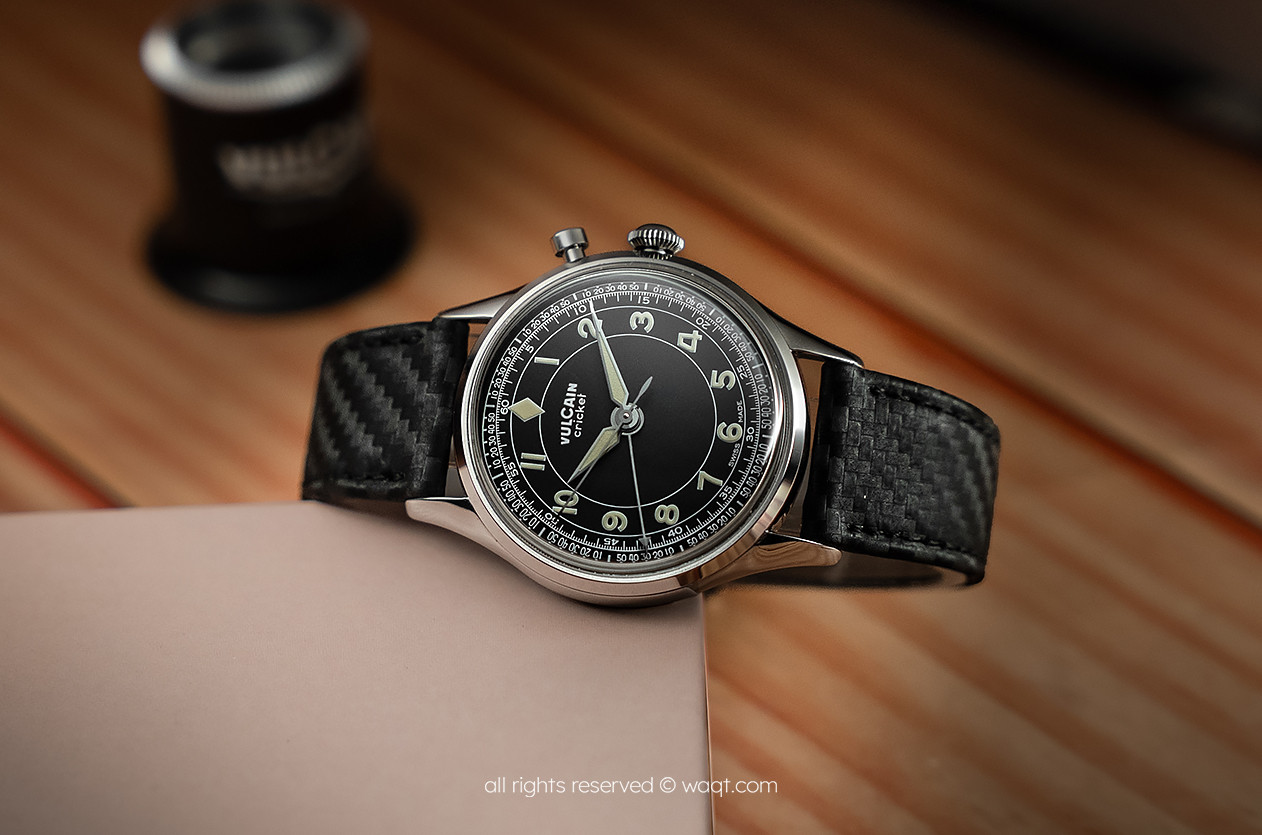
Hands on Vulcain Cricket Classic 39mm Black & Khaki